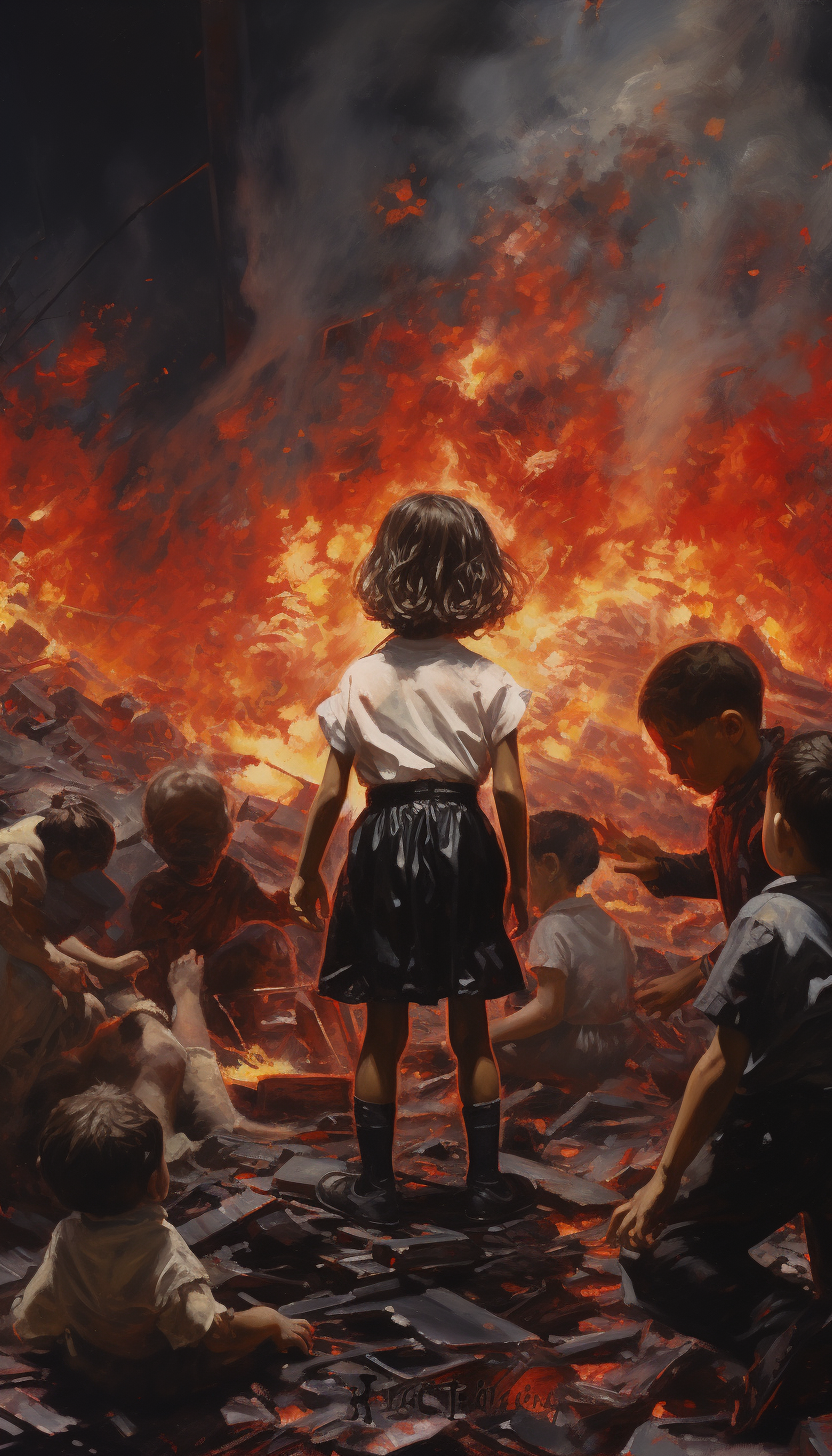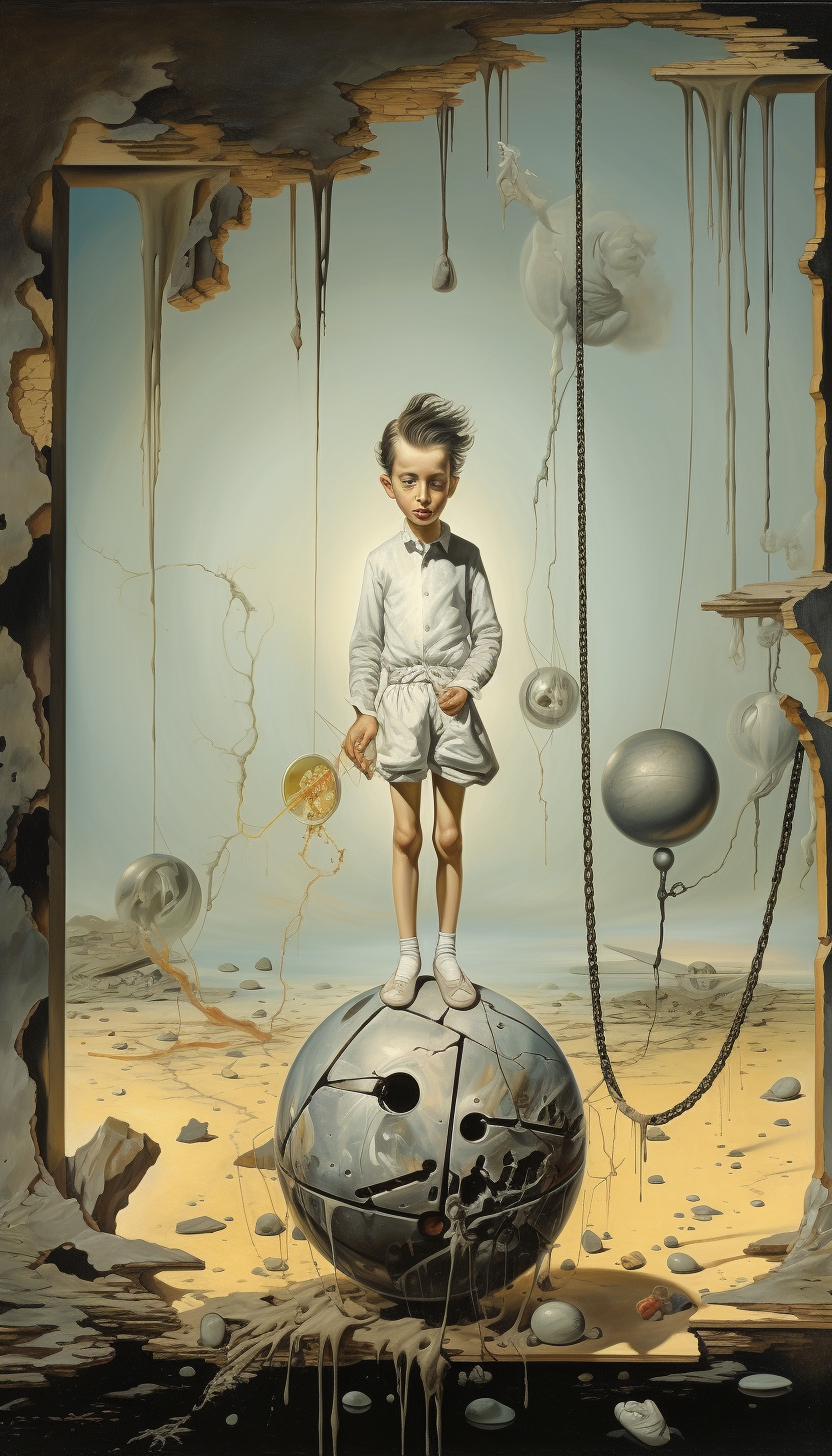The Destruction of Innocence
Introduction:
“The destruction of innocence” stands as a powerful and recurring theme in literature, capturing the poignant moments when purity and naivety are shattered by life’s harsh realities. Throughout history, esteemed poets and authors have skillfully depicted the impact of innocence lost in their works, leaving a lasting impression on readers. In this article, we will explore exemplary works that reflect the perspectives of these creative minds.
William Blake – Songs of Innocence and of Experience:
William Blake’s “Songs of Innocence and of Experience” (1789) presents a vivid contrast between untainted innocence and the disillusionment of experience. In “The Chimney Sweeper,” Blake exposes the exploitative nature of child labor and its toll on innocence, painting a poignant picture of young souls trapped in a cruel society.
Example: “And my father sold me while yet my tongue Could scarcely cry ‘weep! ‘weep! ‘weep! ‘weep! So your chimneys I sweep, and in soot I sleep.”

Harper Lee – To Kill a Mockingbird:
“To Kill a Mockingbird” (1960) by Harper Lee grapples with the destruction of innocence in a racially segregated society. The unjust accusation of Tom Robinson, a kind and innocent black man, reflects the loss of innocence through prejudice and injustice. Scout, the young protagonist, witnesses the harsh realities of racism, challenging the purity of her childhood.
Example: “Mockingbirds don’t do one thing but make music for us to enjoy. They don’t eat up people’s gardens, don’t nest in corncribs, they don’t do one thing but sing their hearts out for us. That’s why it’s a sin to kill a mockingbird.”
Sylvia Plath – “Tulips”:
In Sylvia Plath’s poem “Tulips” (1961), she explores the destruction of innocence through mental anguish and existential crisis. The vivid imagery of red tulips in a hospital represents life’s vibrancy, but to the poet, they symbolize the world she cannot connect with due to her struggles with mental health, illustrating the loss of innocence through alienation.
Example: “I am learning peacefulness, lying by myself quietly As the light lies on these white walls, this bed, these hands. I am nobody; I have nothing to do with explosions. I have given my name and my day-clothes up to the nurses And my history to the anesthetist and my body to surgeons.”
J.D. Salinger – The Catcher in the Rye:
“The Catcher in the Rye” (1951) by J.D. Salinger revolves around Holden Caulfield’s struggle with the complexities of adulthood. Holden resists the transition from innocence to experience, resisting societal pressures. The novel portrays the destruction of innocence as Holden witnesses the darker side of human nature, impacting his worldview.
Example: “Anyway, I keep picturing all these little kids playing some game in this big field of rye and all. Thousands of little kids, and nobody’s around – nobody big, I mean – except me. And I’m standing on the edge of some crazy cliff. What I have to do, I have to catch everybody if they start to go over the cliff.”
Toni Morrison – Beloved:
Toni Morrison’s “Beloved” (1987) delves into the destructive legacy of slavery and its impact on innocence. The character of Sethe, an escaped slave, carries the burden of a haunting past, leading to the loss of innocence through the brutality of a dehumanizing institution.
Example: “She threw them all away but you. The one from the crew she threw away on the island. The others from more whites she also threw away. Without names, she threw them. You she gave the name of the black man. She put her arms around him.”

William Golding – Lord of the Flies:
“Lord of the Flies” (1954) by William Golding depicts the erosion of innocence as a group of schoolboys stranded on an island descends into savagery and chaos.
Example: “The world, that understandable and lawful world, was slipping away. Once there was this and that; and now– and the ship had gone. There was no ship now, there was no safe island of a coral reef.”

Emily Dickinson – Selected Poems:
Emily Dickinson’s poetry explores themes of mortality and loss, reflecting on the transition from innocence to experience, as seen in her poem “I felt a Funeral, in my Brain.”
Example: “And then a Plank in Reason, broke, And I dropped down, and down — And hit a World, at every plunge, And Finished knowing — then —”
John Steinbeck – Of Mice and Men:
“Of Mice and Men” (1937) by John Steinbeck portrays the vulnerability of innocence through Lennie’s childlike nature juxtaposed with the harsh realities of the world.
Example: “Guys like us, that work on ranches, are the loneliest guys in the world. They got no family. They don’t belong no place. With us, it ain’t like that. We got a future. We got somebody to talk to that gives a damn about us.”
Conclusion:
The theme of the destruction of innocence has been a compelling subject for poets and authors, providing profound insights into the impact of life’s trials on the purity of youth. Through their eloquent expressions, these literary masterpieces serve as timeless reminders of the fragility of innocence in the face of life’s challenges. Each work weaves a unique narrative, highlighting the universal aspect of this theme across different periods and perspectives in literature.


